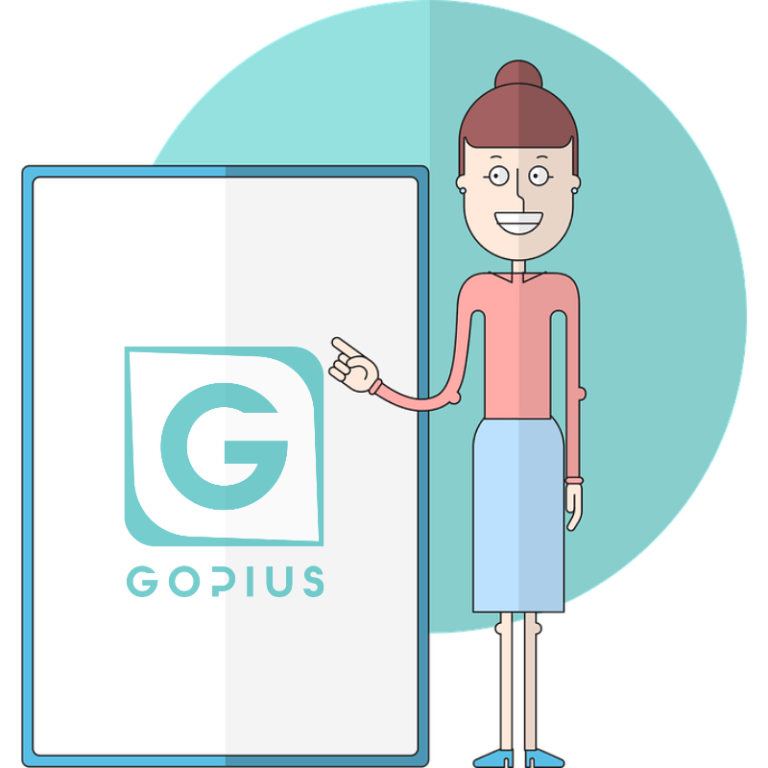What Cognitive Load Does To Learners

Get to know what cognitive load does to learners in elearning. As you teach adults as opposed to children, there are a few principles you must comprehend to transition from teacher to instructional designer.
For my department, I’m putting together a series of workshops that will go over some of those theories and how to use them.
See: 7 Tips to Reduce Cognitive overload for Learners
What Is Cognitive Load Theory?
One of the best definitions of the cognitive load theory is found on Wikipedia: “By enabling instructional designers to control the conditions of learning within an environment or, more generally, within the majority of instructional materials, cognitive load theory provides a general framework and has broad implications for instructional design.
In particular, it offers…directives that assist Instructional Designers in reducing unneeded cognitive burden during teaching and… increase the learner’s cognitive load relating to germane (schema related) materials by refocusing their attention.”
The talents of your learners and their time are respected when you develop instruction while taking into account the limits of what the brain is capable of.
The efforts you make to ensure that learners can add to their knowledge and abilities without interruption will be valued by them. When developing learning experiences, take into account the effects of intrinsic, germane, and extraneous load.
1. Intrinsic Load
This has to do with how challenging the subject matter is. Do you want to learn how to operate a space shuttle or how to write a journal entry? The space shuttle is undoubtedly more intricate.
Use tactics like chunking, sequencing, and repetition when developing training for complex information to lessen the inherent burden on your learners.
2. Germane Load
This has to do with combining newly learned information with what you already know. Adult learners constantly absorb new knowledge and apply it to what they already know about a subject.
It can be challenging to include new information when the outdated schema needs to be changed or altered.
It can take time to replace or modify outdated information since we tend to gravitate toward outdated tools or procedures.
Use reflection, interleaving, and worked examples when developing content to replace or alter the existing schema to aid in the retention of new information.
When it is feasible, having students work in groups and engage in discussions regarding new material aids in retaining the information.
3. Extraneous Load
This has to do with procedures that are unrelated to learning itself. This covers the UI/UX of the learning software, any background or screen distractions, the connectivity to the LMS, and how simple or challenging it is.
The load that an instructional designer can control the most easily is this one. The design, organization, and application of the learning should be thoroughly thought out since adult learners want to get to the core of the material and understand how they can use it to advance their knowledge and abilities.
Make additional information optional if it is included. If your users will be working through numerous lessons, keep the Interface simple and consistent.
Do not require them to learn navigation again after each class. Streamline and standardize the LMS experience across all lessons.
Your learners will retain more information if you can collaborate across groups within your organization to lessen the unnecessary burden on them by being consistent.
Knowing what influences that and regulating what aspects you can can help you increase what your learners retain because the purpose of learning is to develop a schema in a learner’s long-term memory.
When we gathered to talk about this, our conversation took an unusual turn. We concentrated on the precise actions we could take to lighten the strain on our students’ cognitive systems.
Don’t use four words when two will suffice was one of the suggestions focused on concise writing.
One of the participants claimed that Grammarly had assisted her in honing this ability. To make your writing more engaging, go from the passive to the active voice. Keep your lists and actions consistent.
Four items on your list should all be in the same tense, for example. Useless activities include singing, hearing, dancing, and sleeping.
On slides and in manuals, utilize bullet points whenever you can to reduce the number of words you employ.
Great examples for developing brief content on slides and everything else you generate may be found in Duarte’s book Slide:ology.
Focus on offering your students the information they can utilize rather than overburdening them with unnecessary decoration.







